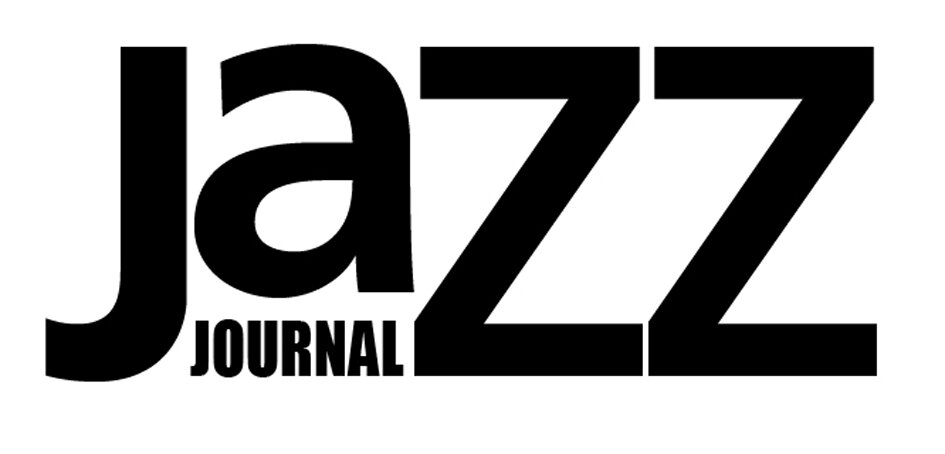Jazz Journal’s Trevor Hodgett writes, “The Wirral-born bassist Shez Raja found that re-recording some of his Brit-born tunes in the Punjab took them into another dimension.”
“I was able to dig deeper than before into my musical heritage” says bass guitarist Shez Raja of his current CD Tales From The Punjab, which was recorded in Lahore, Pakistan. “I’ve always blended east and west in my music but this time I’ve got a more authentic eastern sound and I was overjoyed to work with the musicians over there.”
Raja was born on the Wirral to a Punjabi father and an English mother. His music has generally been labelled “Indojazzfunk” and his previous albums have featured guests like Randy Brecker and Mike Stern. On Tales From The Punjab, however, he worked with North Indian classical musicians Ahsan Papu (bansuri flute), Zohaib Hassan (sarangi), Kashif Ali Dani (tabla), Qamar Abbas (cajón) and Fiza Haider (vocals).
“It’s always been a dream of mine to experiment and step outside my comfort zone with Indian classical musicians” he says. “I literally met them for the first time in the studio, pressed the record button and started playing. And from the first moments I knew something magical was happening.”
Raja found himself inspired. “I run creativity masterclasses and I’ve been on this quest for years to understand what drives creativity. I’m on this constant search for ways to become more creatively alive and I think the key is through collaborating with musicians who ideally are quite different to you.”
Three of the tracks on the album, Angel’s Tears, Mantra and Maharaja, have been recorded by Raja on previous albums. “I was really fascinated to see what would happen with these Hindustani classical musicians on those compositions – and it was a completely joyous experience. The emotion is quite different and the musicianship and approach are different and for me that was a great way to learn and grow as a musician.”
The other three tracks on the album are improvisations. “There are 10 parent Indian scales or thaats and within each of those you’ve got hundreds of ragas designed to generate certain emotions. So we’d agree a thaat or raga – and that was it!” says Raja, still sounding amazed at the communal creativity. “Someone would start off and we’d go on feeling and then someone would start soloing and we’d support the soloist. It was a spiritual journey: I can’t describe it in any better way.”
The rapport between the musicians is clearly audible on the album. “I related to them as jazz musicians. At the core of what these guys are doing is improvisation which is fundamental to Western jazz so the improvisational element of our musicality is how we connected. And it was a musical playground for all of us with new sounds and approaches. I’m used to playing with keyboardists and guitarists [but] because there were no harmonic instruments I played in a more harmonic way. There was a drone and then melodic instruments so I was playing all the chords and a lot of arpeggios and spelling out harmony more than normal. There’s no tradition of bass guitar or bass frequency instruments in Indian music so I was bringing this very earthy frequency which these guys aren’t accustomed to. I think that inspired them and gave them different avenues to explore so I think we came up with something different and quite special.”
Maye Ni Main Kinu Akhan features a musical setting of a poem by Shah Hussain, a 16th century Sufi poet from Lahore, sung by 17-year-old Fiza Haider. “It’s a melody that this poem’s been sung to for hundreds of years. It’s an almost standard piece, about loneliness. Fiza’s extraordinary and when she sang that she just sent us all on this musical adventure.”
Another of the improvisations, Adventures In The City Of Wonders, was inspired by Lahore itself. “It’s like a different planet compared to the UK. The kindness and generosity of the people are so lovely and the sights, the sounds, the smells, the architecture, the food, the hustle and the bustle … It’s really vibrant, a real city of wonders and that’s what I had in my mind, playing that improvisation.”
Raja studied tabla and music theory rather than bass guitar at Leeds College of Music and believes that his tabla studies have influenced his bass playing. “Certain rhythms are straightforward on the tabla but incredibly difficult on the bass. But playing the tabla they embedded themselves in my improvisational vocabulary and I found ways to play them on the bass which brings a unique element to my playing. Equally, I started [as a child] on the violin. The tuning is very different so there are certain patterns on the violin which are difficult to play on the bass but I managed to pull it off and that gives a different sensibility to [my] melodic playing.
“I love all aspects of bass playing. I love groove playing and that hypnotic approach to repetitive bass lines and riffs and I also love improvised soloing and high register playing – I’ve got a five string bass with a high C instead of a low B. And one of the things I enjoy most is when somebody else is soloing and I’m playing a bridging role between the soloist and the drummer and listening really intently and tracing this dynamic conversation between the players. Playing that role is joyous and at times meditative.”
Raja clearly sees a spiritual element in music making. “For me spirituality is about an appreciation of a power bigger than one individual and a sense of oneness with other people. So, just naturally, whenever you play music with people there is a spiritual connection there because you are communicating on this intangible level. And very often, especially when I’m improvising, I get into this meditative state of being at peace. For me that’s a huge attraction of playing music.”
Tales From The Punjab seems sure to expand Raja’s audience. “I’m absolutely delighted with what we achieved and I’ve had loads of people telling me they’ve never heard anything like it. The Indian market have picked up on it and it’s opening up the world music audience as well, which is brilliant.”



